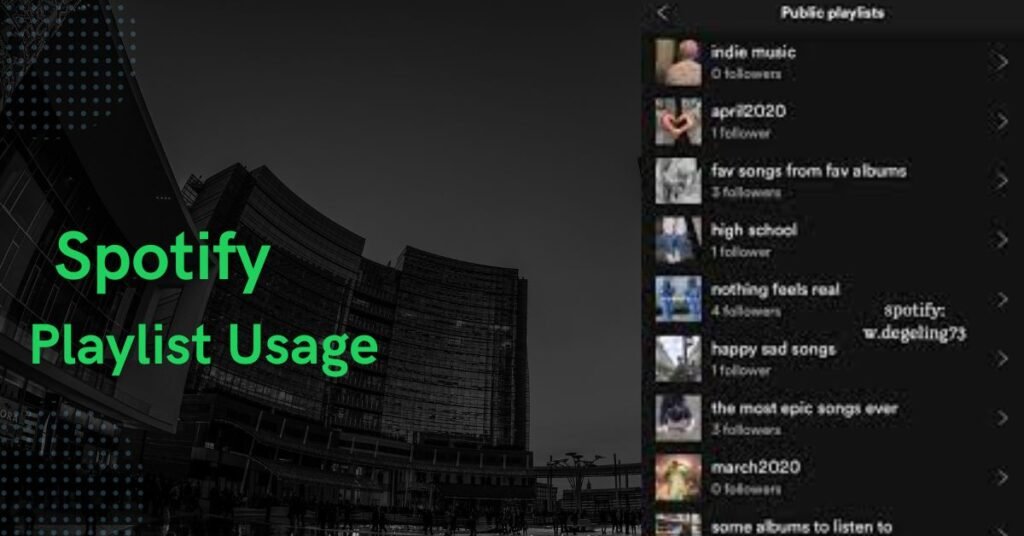A Spotify pie chart typically refers to a graphical representation of data related to Spotify. This is the most popular music streaming platform in the world. This chart is used in circular segments, resembling the slices of a pie, to visually display the proportions or percentages of the data being represented in Spotify.
Here are a few examples of what a Spotify pie chart could represent
1) Market Share

The market share of Spotify refers to the portion of the overall music streaming market that Spotify controls or captures. It represents the percentage of users, revenue, or other relevant metrics that Spotify holds compared to its competitors in the music streaming industry. According to recent data, Spotify has been a dominant player in the music streaming market, competing with other platforms such as Apple Music, Amazon Music, and Google Play Music (now YouTube Music). While the exact market share figures may vary depending on the source and timeframe of the data, Spotify has consistently held a significant portion of the global music streaming market.
2) Genre Distribution
Genre distribution in a Spotify pie chart refers to the breakdown of different music genres that user listens to on the Spotify platform. It shows the proportion or percentage of time spent listening to several genres such as pop, rock, hip-hop, electronic, classical, and more. The pie chart visually represents the distribution of music genres in a user’s listening history, offering insights into their musical preferences and habits.
3) Artist Breakdown
Artist breakdown in a Spotify pie chart refers to the representation of the proportion or percentage of time spent listening to different artists by a user. It shows the distribution of listening activity across various artists within the user’s listening history on the Spotify platform. The pie chart visually displays the breakdown of listening time attributed to different artists, highlighting the popularity and frequency of engagement with specific musicians or bands.
4) Playlist Usage

Playlist usage in a Spotify pie chart represents how much time a user spends listening to curated playlists compared to individual songs or albums. It shows the distribution of listening activity between playlists and other forms of music consumption within the user’s listening history on the Spotify platform. The pie chart visually displays the breakdown of listening time allocated to playlists versus individual tracks or albums, providing insights into the user’s music listening habits and preferences.
5) Monthly Trends
Monthly trends in a Spotify pie chart represent changes or patterns in a user’s music listening habits over different months. It shows the distribution of listening activity across various genres, artists, or playlists every month within the user’s listening history on the Spotify platform. The pie chart visually displays the fluctuations or trends in music consumption from month to month, allowing users to identify shifts in their preferences or discover 624 emerging patterns in their listening behavior over time.
6) Time of Day Analysis
Time of day analysis in a Spotify pie chart examines a user’s music listening habits based on the different times of day. It involves analyzing the distribution of listening activity several times, such as morning, afternoon, evening, and night. The pie chart visually represents the proportion of listening time allocated to each time, allowing users to identify peak listening hours or preferred times for music consumption. This analysis provides insights into the user’s daily routine and helps understand their music listening patterns throughout the day.

